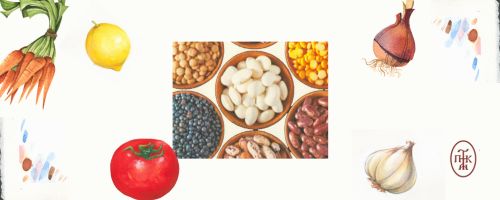
| 11 kg of fava beans, (yellow, green etc. whatever you prefer)700 g of fava beans, (yellow, green etc. whatever you prefer) | |
| 3 kg of oil.½ cup of tea oil | |
| One mono-bite of saltsalt | |
| One spoonful of turmeric.a little turmeric | |
| 3 kg onions, fresh or dry, finely chopped.2 onions, fresh or dry, finely chopped | |
| ½ kg fresh or commercial lemon juice.a little fresh or commercial lemon juice | |
| 400 g chopped parsley.a little chopped parsley |
| 1. | Wash the fava beans very well, until the water turns white. |
| 2. | Pour the washed fava beans into a deep boiling dhava with enough water to cover the fava beans very well, up to 5 inches above. (Be careful, the deeper the pan, the more risk of sticking, but it should not be too deep either, to make it easier to beat). |
| 3. | When it starts to foam, skim until it is thoroughly clean. |
| 4. | Stir at the same time, so it doesn't stick. |
| 5. | Add the salt and turmeric. |
| 6. | When it has boiled, remove the dava from the heat. |
| 7. | Add the oil and lemon juice to the pot. |
| 8. | Then beat with a blender very well until the mixture is homogenized. |
| 9. | We test and correct the taste and thickening and add what he asks for. |
| 10. | Serve warm on each plate separately because when it cools down it will have thickened and add some onion and parsley on top. |
| 11. | If you want you can add a little oil on top for effect. |
| 12. | Fava is eaten hot and cold, oily and unoiled. |
| 13. | Tip: |
| 14. | When we cook it unleavened then we make sure that the water is less, to achieve better thickening. The rest is the same. |
